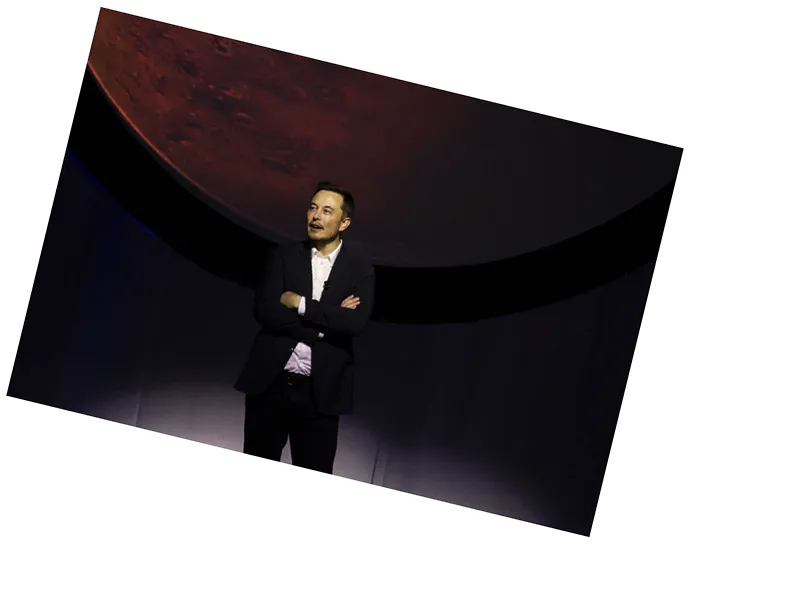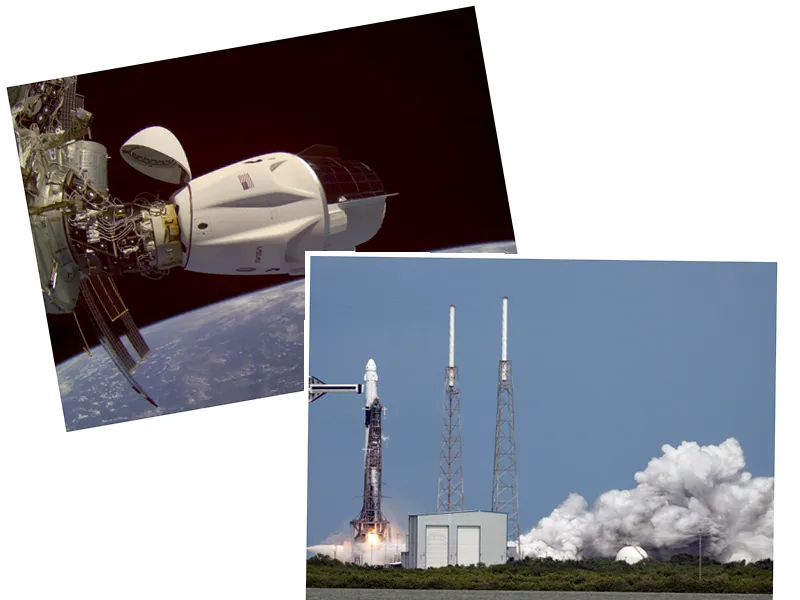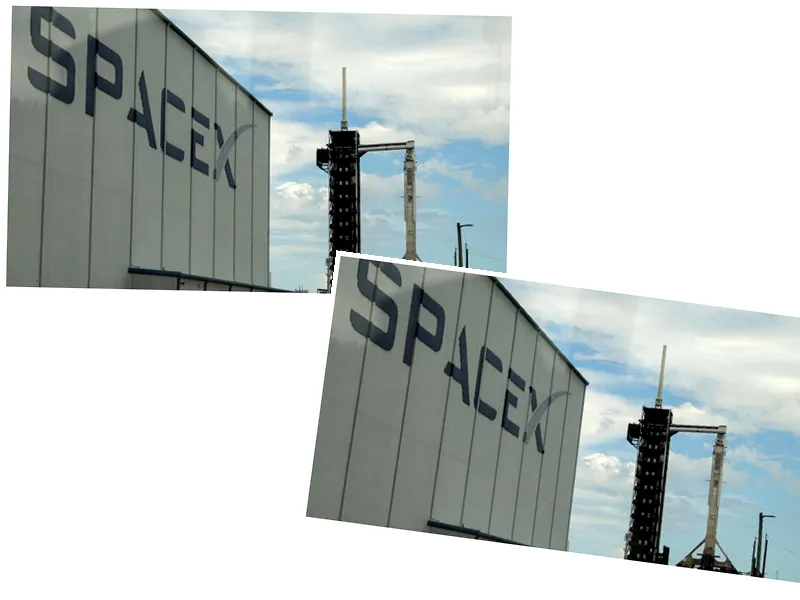SpaceX is gearing up for the fourth test flight of its Starship rocket, the largest and most powerful space rocket ever constructed. This flight is set to take place on June 5th, contingent upon receiving a license from the Federal Aviation Administration (FAA). The test will launch from the SpaceX Starbase located in Boca Chica, Texas, signaling another significant milestone in humanity's journey to make space travel more achievable and affordable.
Unlike the previous three attempts that primarily focused on reaching the Earth’s orbit and testing various functionalities like the cargo door operation, this flight's emphasis lies on re-entry and landing. Both the Starship spacecraft and its booster, Super Heavy, broke up before landing in the prior tests. This time, SpaceX aims to achieve a controlled re-entry into the Earth’s atmosphere and a gentle splashdown in the Gulf of Mexico. Advanced software and hardware upgrades have been implemented to bolster the chances of a successful landing.
The planned trajectory for this test will mirror the path taken during the March flight, culminating with a splashdown in the Indian Ocean. SpaceX highlights that conducting these tests in actual flight conditions accelerates their learning curve, offering invaluable insights that laboratory simulations cannot provide. The success of these tests is quintessential for SpaceX's goal of developing reusable rockets and spacecraft, an ambition that has already revolutionized space travel through the company's Falcon 9 rocket.
This fourth Starship test flight holds dual importance. First, the spacecraft is set to be utilized as a lunar module for NASA's moon missions as soon as 2026. Second, the successful reusability of both the rocket and spacecraft could significantly reduce space travel costs, opening new avenues for exploration and commercialization of outer space. This would follow the model of the Falcon 9, which has significantly lowered the cost of entering orbit and has been adopted by multiple governmental and private entities globally.
CEO Elon Musk remains optimistic about the test, reinforcing SpaceX’s strategy of 'trying and benefiting from error.' This approach has proven effective, as evidenced by the Falcon 9’s numerous successful missions and landings. Musk's vision of a reusable Starship could be another groundbreaking advancement in the realm of space exploration, potentially making space travel as routine as air travel in the future.
- The giant Starship rocket measures 121 meters in height, standing taller than the Statue of Liberty by approximately 27 meters. It’s equipped with the Super Heavy booster, which produces an unparalleled thrust of 74.3 meganewtons, almost double that of NASA’s Space Launch System rocket. This extraordinary capability makes the Starship a formidable asset for carrying out complex space missions, including payload delivery, space station resupplies, and eventually human space travel.
- SpaceX's approach to testing its rockets directly in flight conditions rather than confined laboratory environments emphasizes practical learning and rapid iteration. This method has drawn significant attention from the entire space industry, making each test flight a widely observed event. The advancements being made in the reusability of rockets by SpaceX could drastically reshape the economics of space travel, making it more accessible for scientific, commercial, and even tourism purposes.
- The space industry is keenly observing SpaceX's developments as the company continues to push the boundaries of what is possible in space travel. If the fourth test flight achieves its goals, it would mark another step toward a future where space exploration is not only more frequent but also significantly more economical. The success of these missions could pave the way for more ambitious projects, including Mars colonization and deep space explorations.






